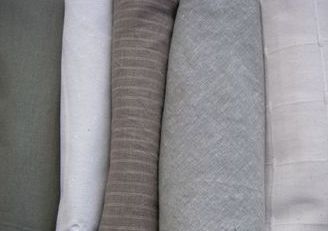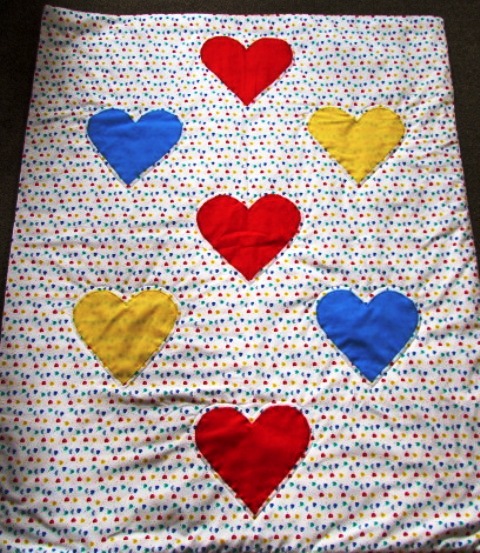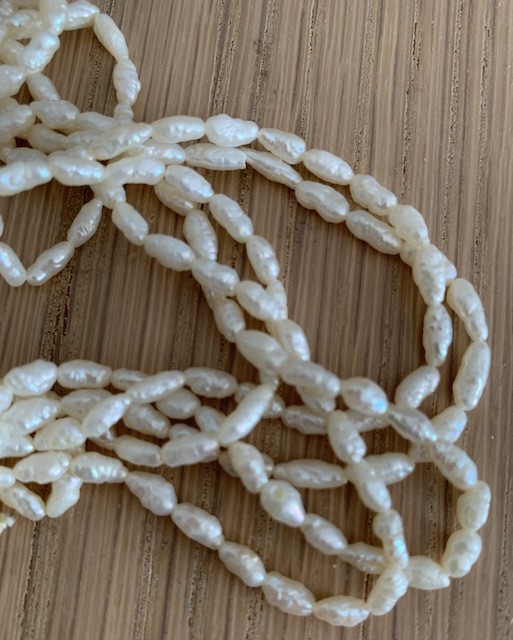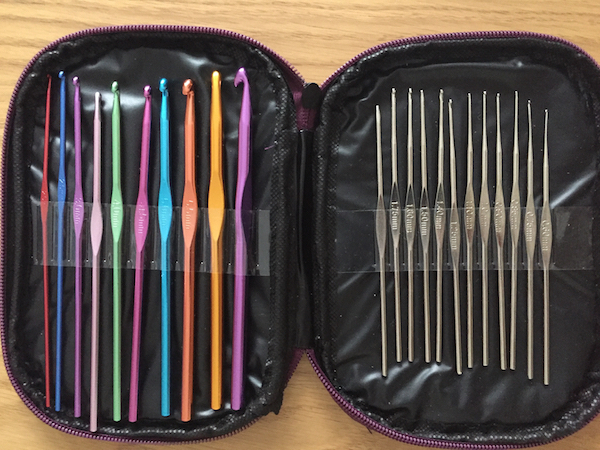Lovely Linen Fabrics

Linen fabrics are one of natures natural fibres with others being,wool, silk and cotton.
This fabric was first used in Egypt with the Greeks and Romans following later. It is one of the oldest fabrics recorded and mummies from Egypt were wrapped in this fabric before being put inside a tomb. It was a sign of wealth.
Just like cotton this fabric is obtained from fibres in the stalk of the flax plant. The seeds are planted in the ground and the plants will grow after approximately 14 weeks. The growing conditions and how it is harvested will affect the quality of the linen.
The fibres need to be as long as possible and this is achieved by pulling the whole plant up by hand or cutting the stem as near to the roots as possible. These stalks or stems are then dried. The seeds are then removed using a machine.
The stalk is split and submerged in water for a few weeks to separate the fibres from the gluey substance that sticks them together. This is done with the help of bacteria that breaks down the pectin that holds the fibres together.
These fibres then have to be joined together as they may not be long enough when they are removed from the stalk. After this the spun fibres are then woven into the final cloth.
Fibres that were finely spun from the stalk would result in the cloth having a smooth look. If the fibres were roughly spun and the weaving was looser then the material would have a softer effect.
Flax is grown from Ireland to Russia with Flanders being the main producer with its ideal climate, soil and temperature.
Linen was important in American and long ago farmers used to grow the flax plant to make linen for the family clothing.
In early days producing this material, starting from sowing the seeds, could take nearly a year until the end product was completed. This has improved greatly with technology.
Linen is expensive because the threads break easily but also the actual plant need a lot of attention and is time consuming.
Properties of Linen Fabrics
It comes in a variety of weights, is hardwearing and absorbent. The fabric is stronger when it is wet than dry and have natural colours of grey, ecru, tan and ivory. To get pure white the fabric would need to be bleached.
It is cool to the touch and also smooth and lint free but has not got much elasticity so that is why it creases.
However this fabric does crease easily but many people like the way it creases and say that is one of the qualities of this material. This can also be a weakness as if the creases occur in the same place then the fibres can break.
This can also be mixed with other fibres to minimise the creasing and this effect should be considered when choosing covers for your chairs or settees.
If you prefer the crisp, unruffled look then maybe this material should be avoided.
Linen is resistant to stains and doesn't pull so is easy to look after. This fabric can be cleaned by washing in a machine, steaming or dry cleaning. Air drying is better than the tumble dryer and linen irons better when it is damp than really dry.
Some Types of Linen Fabric
Damask Linen
Damask is the process of making a reversible patterned fabric. The base can be any fibre.
Cambric Linen
This cloth has a plain weave which has been finely woven. It is lightweight and washes well.
Plain woven linen
This is a hard wearing linen and is used in towels and tea towels
Loosely Woven Linen
This fabric is not as hard wearing but it is absorbent. Used for making napkins.
Uses of Linen
The phrase linen cupboard was where all the households linens were kept. This fabric has been used on beds as upper and lower sheets before the duvet was popular.
It has also been used in making towels, table cloths and napkins. In the kitchen the best tea towel was always made from Irish linen.
Clothes for all the family are made out of linen from dresses, shirts, trousers and skirts.
There have other uses for this fabric from handkerchiefs for well dressed gentlemen, a canvas for oil paintings, a cloth for baking, to paper.
When thinking of this natural material, tea towel, sheets, and tableware immediately comes to mind but it is good for chair covers, bed linen, clothes and bags as well.
Around the home this fabric can be found in curtains for windows, fabric for chairs and settees as well as cushions.
Linen has also been used in make books because of its strength and has been used to hold the dough in shape for the final rise by artisan bakers.
Enjoy finding the right linen for your room.
- Home
- All about fabrics
- Linen Fabrics
Affiliate offers
Please take care with any soft furnishing that it does not come into contact with any heat source.
If you have found an error on this page or want some more information on sewing cushions.
Please contact me . Thank you



New! Comments
Have your say about what you just read! Leave me a comment in the box below.